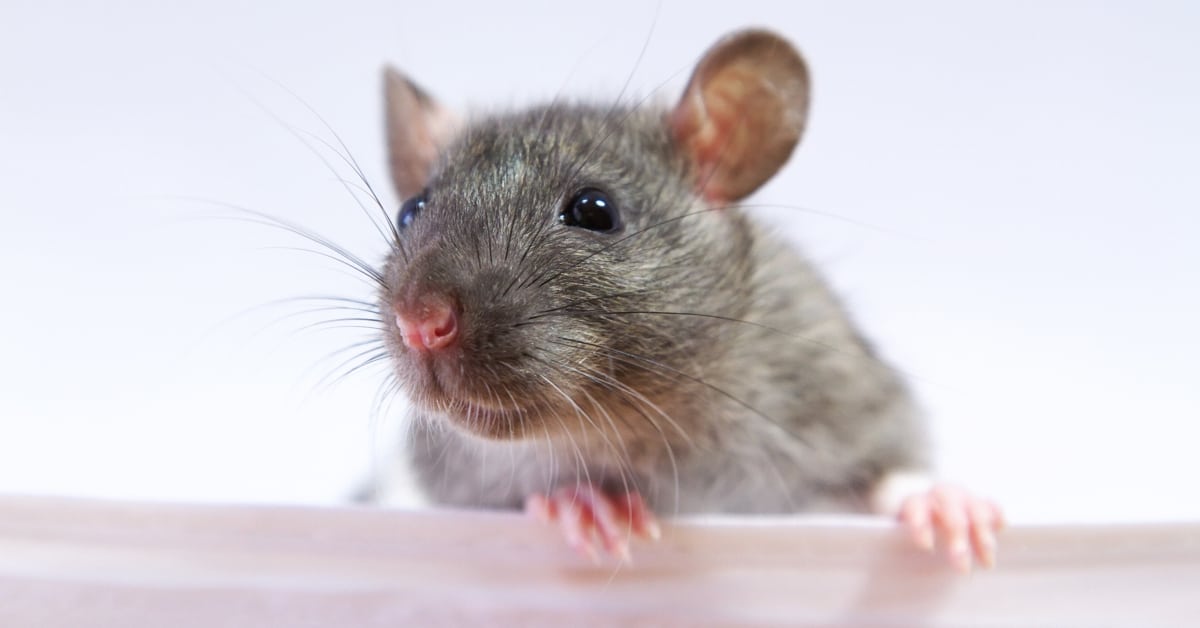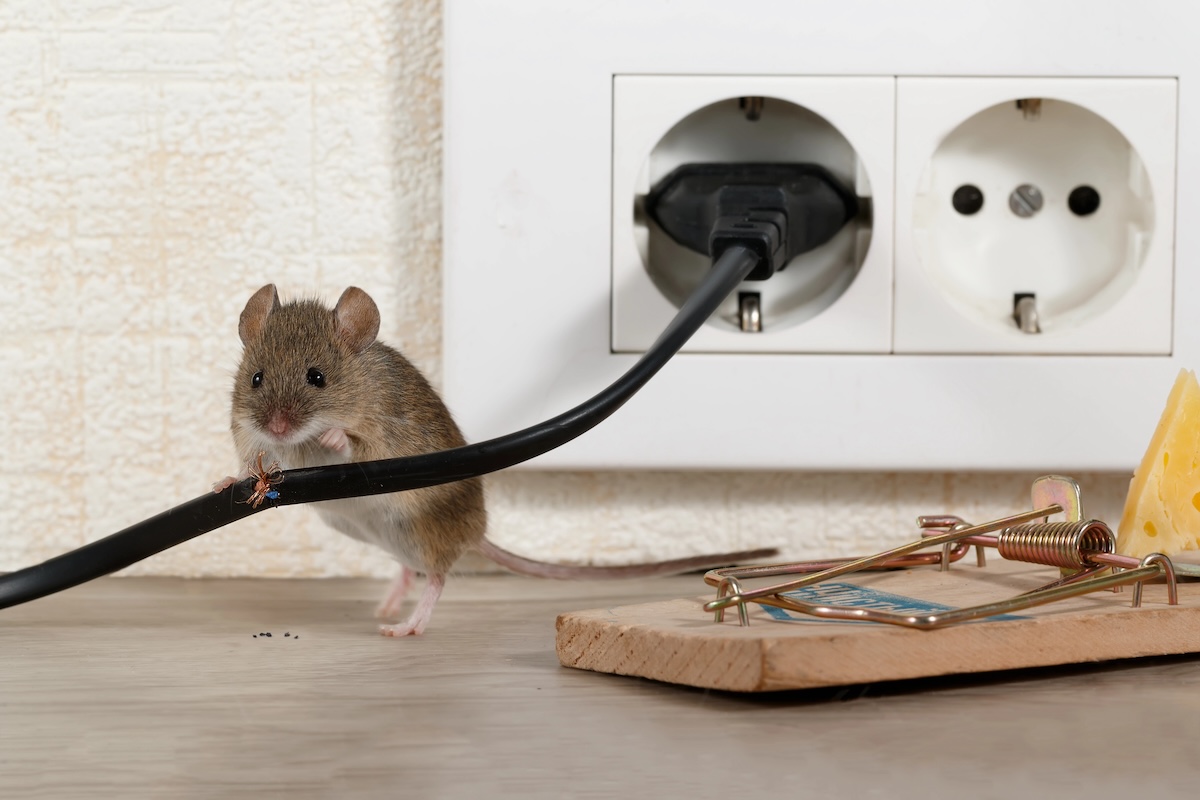Tech-Enhanced Pest Inspections: Revolutionizing the Way We Handle Unwanted Guests
Share
In the age of digital transformation, it is no surprise that even pest control has embraced technology. Tech-enhanced pest inspections are significantly changing how we address pest issues, offering more efficient, accurate, and environmentally friendly solutions. But what does this mean for the general public, and how does it impact our everyday lives?

The Rise of Tech-Enhanced Pest Inspections
Traditionally, pest inspections relied heavily on visual inspections and manual assessments. While effective to a degree, these methods often left room for error and inefficiencies. Today, with the advent of tech-enhanced solutions, pest inspections have become more precise and predictive, minimizing the guesswork involved in pest management.
Smart technologies, such as drones, infrared cameras, and sensor-based systems, are being deployed to detect and monitor pest activity. These tools not only improve the accuracy of inspections but also enable pest control professionals to implement targeted treatments, reducing the use of harmful chemicals and minimizing environmental impact.
Advantages of Technology in Pest Inspections
The application of technology in pest inspections offers numerous benefits, particularly in enhancing the effectiveness and efficiency of pest management strategies. Here are some key advantages:
1. Improved Accuracy and Efficiency
With the use of advanced technology, inspections can be conducted with greater precision. For instance, drones equipped with thermal imaging cameras can identify pest infestations in hard-to-reach areas, such as attics or roofs, without the need for invasive procedures.
2. Environmentally Friendly Solutions
By reducing the reliance on chemical treatments, tech-enhanced pest inspections promote more sustainable pest management practices. This not only protects the environment but also safeguards the health of humans and pets. For more insights on environmentally friendly pest prevention, visit this article.
3. Cost-Effectiveness
Although the initial investment in technology may be higher, the long-term savings are significant. With better detection and targeted treatments, property owners can avoid costly damage repairs and pest-related issues down the line.
Applications in Various Sectors
Tech-enhanced pest inspections are not limited to residential properties; they are also being adopted in various sectors, including agriculture, hospitality, and food processing. In agriculture, for example, drones and sensor networks are used to monitor crops for pest activity, allowing farmers to take proactive measures and reduce crop losses.
In the hospitality industry, maintaining a pest-free environment is crucial for ensuring guest satisfaction and preserving brand reputation. Learn more about how technology aids in pest prevention in the hospitality sector by visiting this link.
The Future of Pest Control
As technology continues to evolve, the future of pest control looks promising. Innovations such as artificial intelligence and machine learning are expected to further enhance the capabilities of pest management systems, allowing for real-time data analysis and predictive modeling.
Moreover, the integration of the Internet of Things (IoT) in pest control systems will enable seamless communication between devices, providing property owners with instant updates and alerts regarding pest activity. For a deeper dive into how IoT is changing pest management, check out this source.
Conclusion
The advent of tech-enhanced pest inspections marks a significant shift in how we approach pest management. By leveraging advanced technologies, we can achieve a more precise, efficient, and sustainable solution to pest problems. As these technologies become more accessible and affordable, they will undoubtedly play a pivotal role in safeguarding our homes, businesses, and the environment from the threat of pests.

FAQs
1. What are tech-enhanced pest inspections?
Tech-enhanced pest inspections utilize advanced technologies such as drones, sensors, and cameras to accurately detect and monitor pest activity, improving the precision and efficiency of pest control efforts.
2. How do technology-driven inspections benefit the environment?
By reducing the reliance on chemical treatments, technology-driven inspections promote sustainable pest management practices that protect the environment and the health of humans and animals.
3. Are tech-enhanced solutions more expensive than traditional methods?
While the initial investment may be higher, tech-enhanced solutions are cost-effective in the long run due to improved accuracy and targeted treatments that prevent costly damage and issues.
